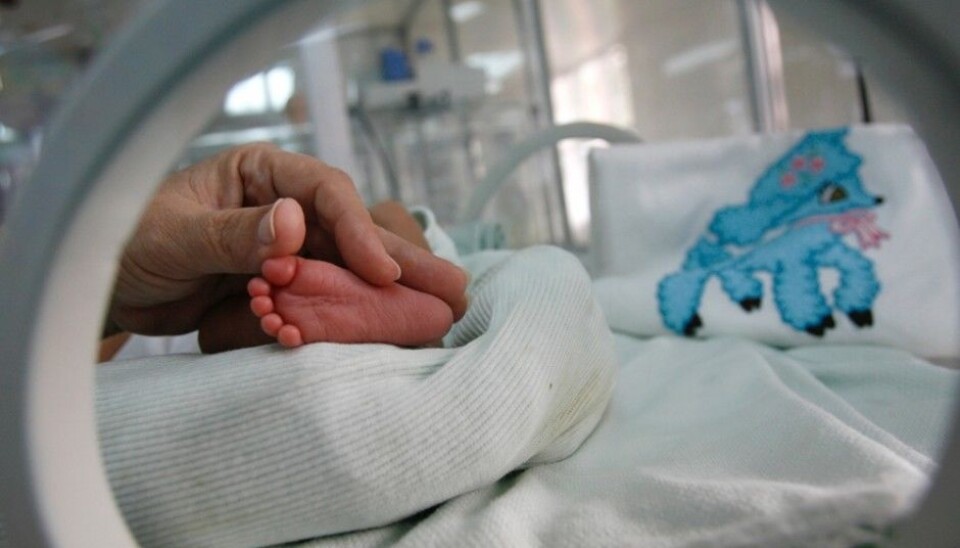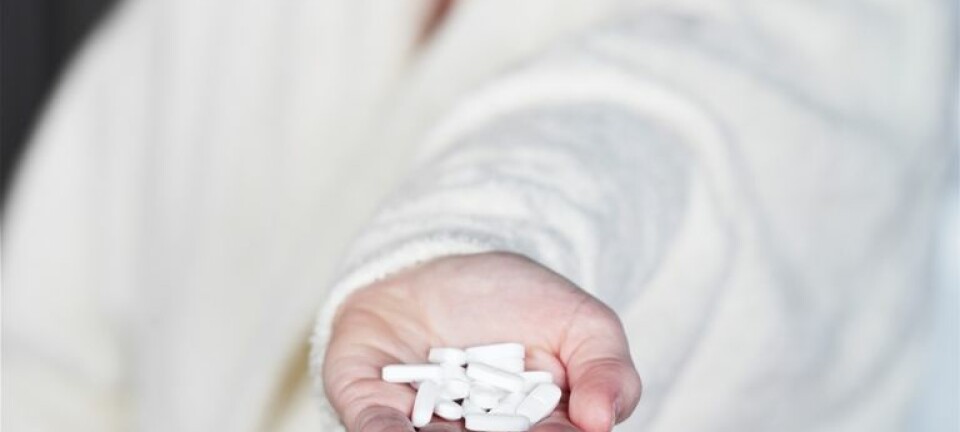
Small children don’t get the pain treatment they need
They may be small, but little children feel as much pain as adults. Their inability to express what they feel means they are often inadequately treated for pain, researchers say.
Thirty years ago this year, a paediatrician named KJ Anand reported in the medical journal the Lancet on potentially life-saving medicine for preterm babies needing surgery.
His research showed that newborns given these medicines during surgery had significantly lower circulatory and metabolic complications than a group of preterm babies who did not receive them. The find sent shock waves through the medical community.
The miracle drug? Fentanyl, a synthetic opiate used as a painkiller.
Most paediatricians at the time thought babies, particularly premature babies, were not physiologically mature enough to feel pain. Anand’s report and a review article he wrote later that same year for the New England Journal of Medicine led him to conclude the opposite.
Today, 30 years on, this may seem obvious. Indeed, it is commonly known that premature babies have a lower pain threshold than full-term babies, and are more reactive to pain stimuli.
Nevertheless, young children still may not be getting the pain relief they need, says Randi Dovland Andersen. Andersen has spent three years studying this topic for her doctoral research at the Karolinska Institutet in Sweden.
No language, no pain relief
Her conclusion is that children are not adequately treated for pain.
“This is a problem not only for the smallest children, but for anyone who does not have the language skills to express pain, such as children with severe disabilities,” she says.
To address this problem, healthcare professionals have developed different scales as tools to help them objectively assess pain in young, non-verbal patients.
Andersen’s research shows, however, that these tools are rarely used. A recently published European study with Andersen as a co-author shows that only one of ten premature and ill newborns is routinely assessed for stress and pain.
She has also published an article where she and colleagues examined reviews of pain assessment scales, which she characterized as generally poor.
"The studies aren’t of a high-enough scientific quality to provide us with a good foundation for choosing the best scales to assess a child's pain,” she said. “This means that we don’t know which scales are best for assessing pain in children of different age groups.”
Concerned about persistent pain
Most scales are made to assess acute pain situations, such as pain from an injection. Most assessments look at behaviour, such as facial expressions. A few assessments include physical measures, such as pulse and blood pressure.
But what about chronic pain? Andersen says there are too few scales that measure this type of pain in children.
"I am particularly worried about the children who have pain that persists,” she said.
But the poor quality of measurement scales may also cause a different problem, and risk “detecting” pain in babies who are not actually in pain. That’s a concern because pain medications can have side effects, especially in tiny babies.
Because so little is known about how medications affect an underdeveloped brain, healthcare professionals try to treat little babies as gently as possible, even when doing something as simple as taking a blood sample.
Sometimes, skin-to-skin contact with the parent or sugar water on a swab are used in this way.
Requires systematic use
Andersen also interviewed nurses about how they assess pain in children. She found that very few of them use pain scales.
She is now in the process of finding out why.
"We do not currently have a clear understanding of which scales are best. My best advice is to select one and use it systematically, even though it may have weaknesses,” she said.
Improved, but still undertreated
Paediatrician and Professor Trond Markestad has spent decades studying and working with premature babies, and has received numerous awards for his work. He was also head of the Norwegian Medical Ethics Council. He says that one of the best developments in childhood medicine in recent years has been the improved awareness of the need to treat babies and children for pain.
"There is a lot of attention to this issue now, and hospitals have become better at addressing pain. Today, we know that premature babies experience pain at least as much as adults do,” he said.
He acknowledged, however, that pain in children may still be undertreated.
-------------------------------------
Read the Norwegian version of this article at forskning.no






